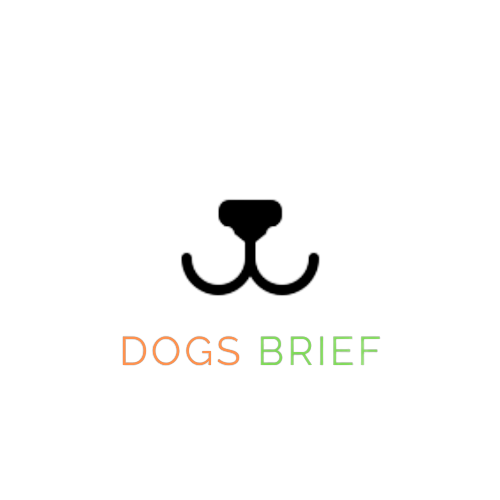Our pets bring immeasurable joy to our lives, and as responsible pet owners, ensuring their well-being is a top priority. One key aspect of their health that often goes unnoticed is their relationship with food. Just like us, pets can experience changes in taste preferences, health issues, or even emotional factors that impact their enjoyment of meals. In this comprehensive guide, we’ll delve into the subtle signs that indicate when your pet might have stopped enjoying their food and what you can do about it.
Behavioural Changes Around Mealtime
Observing Unusual Eating Habits
Pets are creatures of habit, and any deviation from their usual eating routine can be a red flag. Pay close attention to how your pet approaches mealtime. Are they hesitating before eating, showing disinterest, or turning away from their food? These behavioural changes could signify a diminished enthusiasm for their meals. Additionally, watch for changes in the time it takes for them to finish their food – a sudden reluctance might indicate a loss of interest.
Food Aggression or Apathy
Another behavioural aspect to consider is how your pet reacts when you approach their food bowl. Uncharacteristic aggression or, conversely, a lack of interest when you introduce their meal might suggest a shift in their perception of the food. Food aggression can indicate discomfort or fear, while apathy may signify a lack of interest or satisfaction with the provided diet.
Changes in Physical Appearance and Weight
Weight Loss or Gain
Monitoring your pet’s weight is crucial for gauging their overall health, and it can also provide insights into their eating habits. If you notice a sudden weight loss or gain without a change in their diet or exercise routine, it’s time to investigate further. Unintended weight changes may be linked to a variety of factors, including dental issues, digestive problems, or a lack of nutritional satisfaction from their current food.
Lacklustre Coat and Skin Conditions
A vibrant coat and healthy skin are outward signs of a well-nourished pet. Conversely, a dull, coarse coat or the emergence of skin issues might be indicators that something is amiss. These changes could be related to an inadequate diet or an allergic reaction to specific ingredients in their food. Regularly inspect your pet’s fur and skin, and consult with a veterinarian if you notice any alarming changes.
Digestive Upsets and Bathroom Habits
Frequent Vomiting or Diarrhea
Your pet’s digestive system plays a crucial role in its overall well-being. Persistent vomiting or diarrhoea is a clear signal that something is not right, and this includes potential issues with their diet. If your pet consistently experiences digestive upsets after meals, it may be an indication that their stomach does not agree with the current food. In such cases, a change in diet or consulting with a vet becomes imperative.
Changes in Bathroom Habits
Keep an eye on your pet’s bathroom habits as they can reveal a lot about their digestive health. Straining during bowel movements, changes in the frequency of urination or defecation, or signs of discomfort may indicate a problem with their diet. Pay attention to the colour and consistency of their stool, and don’t hesitate to seek professional advice if you notice persistent abnormalities.
Dental Health and Oral Discomfort
Reluctance to Chew or Dropping Food
A pet’s dental health is often overlooked but plays a crucial role in their ability to enjoy their meals. If your pet is suddenly reluctant to chew or starts dropping food, it could be indicative of dental discomfort. Dental issues, such as gum disease or tooth pain, can make eating a painful experience. Regular dental check-ups and providing dental treats or toys can contribute to maintaining good oral health and a happy eating experience.
Excessive Salivation or Pawing at the Mouth
Excessive salivation or pawing at the mouth during or after meals might be a sign of oral discomfort or pain. Pets may develop aversions to certain textures or temperatures of food if they associate them with pain. If you notice these behaviours, it’s advisable to have your pet’s oral health assessed by a veterinarian to rule out any dental issues affecting their enjoyment of food.
Changes in Energy Levels and Overall Mood
Lethargy or Increased Restlessness
A pet’s energy levels and mood are closely linked to their overall well-being. If your once-active pet becomes lethargic or, conversely, displays increased restlessness, it could be tied to their diet. Inadequate nutrition may lead to lethargy, while an overstimulating or unbalanced diet might result in restlessness. Pay attention to changes in their playfulness, engagement, and overall demeanour to assess their satisfaction with their current food.
Lack of Interest in Treats or New Foods
For many pets, treats and new foods are exciting additions to their diet. If your pet suddenly loses interest in their favourite treats or shows disinterest when presented with new foods, it might be a signal that they are no longer finding pleasure in their meals. Experiment with different treats and food options to understand their preferences and ensure a well-rounded, enjoyable diet.
Understanding the Dietary Needs of Your Pets
In conclusion, being attuned to your pet’s behaviour and physical cues is crucial in determining whether they are still enjoying their food. From subtle changes in mealtime behaviour to alterations in physical appearance, bathroom habits, dental health, and overall mood, the signs are there for a vigilant pet owner to notice. Remember, these changes can be indicative of various issues, and consulting with a veterinarian is always advisable to rule out any underlying health concerns.
By staying proactive and observant, you can ensure that your beloved furry companion continues to relish their meals, leading to a happier and healthier life. After all, a content and well-fed pet is a true testament to the strong bond between pet and owner.
This article was written by Eliza Cochrane, content writer for Know Better Pet Food.

